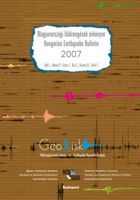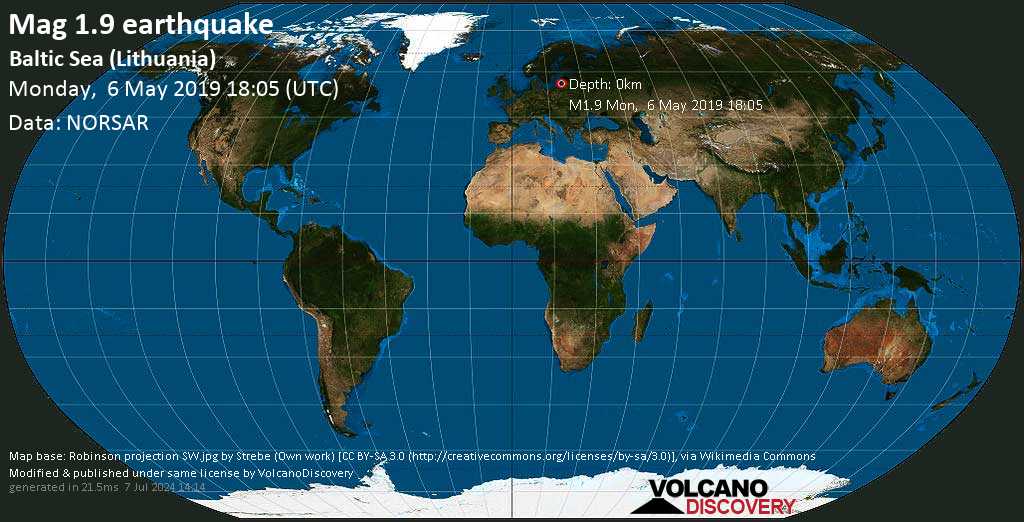

Each three-component waveform contained a considerable amount of descriptive information, such as the epicentral distance, back azimuth, and signal-to-noise ratios. All waveforms were sampled at 50 Hz and cut to a time length of 180 s starting from a random number of seconds before the occurrence of an earthquake. The obtained dataset included 2,734,748 three-component waveform traces from 787,010 regional seismic events, the corresponding P- and S-phase arrival time labels, and 641,025 P-wave first-motion polarity labels. Data were recorded using broadband and short-period seismometers. In this study, based on the 2013–2020 seismic cataloging reports of the China Earthquake Networks Center, we constructed an artificial intelligence seismological training dataset (“DiTing”) with the largest known total time length. Vast amounts of high-quality labeled data are required to develop and apply artificial intelligence in seismology research.
#Lithuania earthquake bulletin how to#
How to publish with us, including Open Access Journal metrics 4.556 (2021) Impact factor 4.In recent years, artificial intelligence technology has exhibited great potential in seismic signal recognition, setting off a new wave of research.

This is the Official Publication of the European Association for Earthquake Engineering. The journal offers a forum for presentation and discussion of such matters as European damaging earthquakes, new developments in earthquake regulations, and national policies applied after major seismic events, including strengthening of existing buildings.Ĭoverage includes seismic hazard studies and methods for mitigation of risk earthquake source mechanism and strong motion characterization and their use for engineering applications geological and geotechnical site conditions under earthquake excitations cyclic behavior of soils analysis and design of earth structures and foundations under seismic conditions zonation and microzonation methodologies earthquake scenarios and vulnerability assessments earthquake codes and improvements, and much more. Bulletin of Earthquake Engineering presents original, peer-reviewed papers on research related to the broad spectrum of earthquake engineering.


 0 kommentar(er)
0 kommentar(er)
